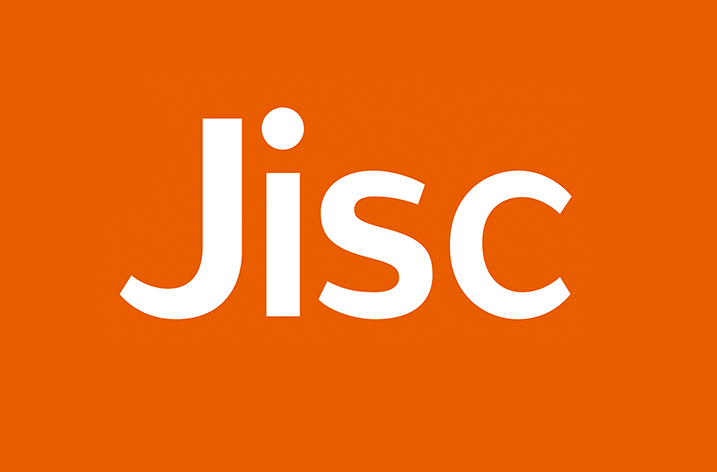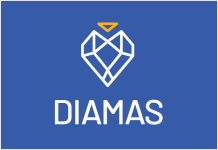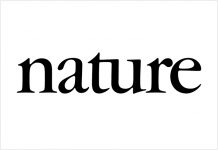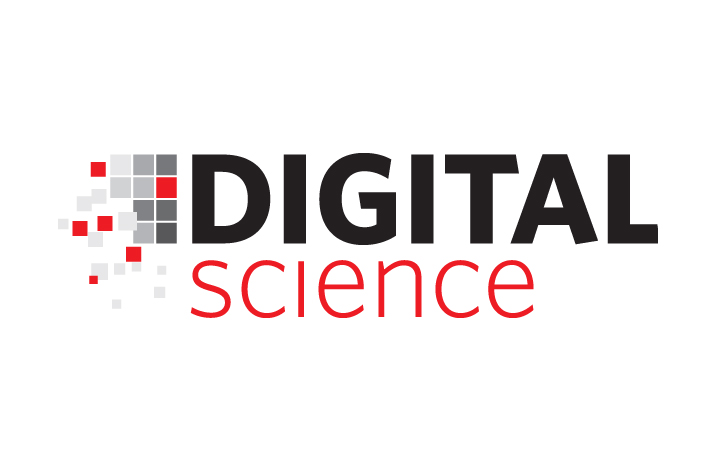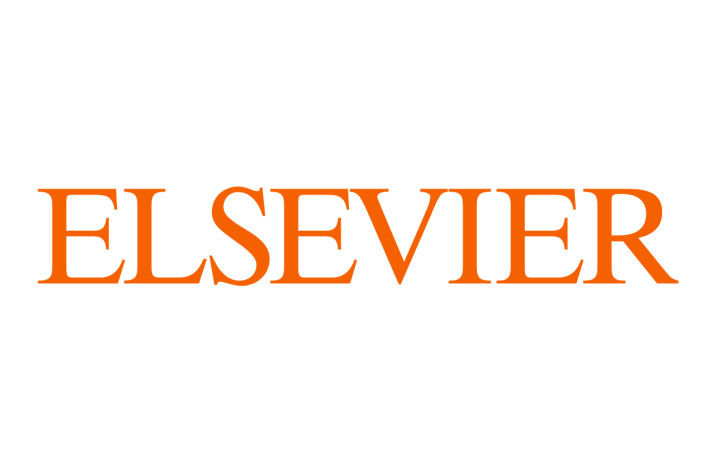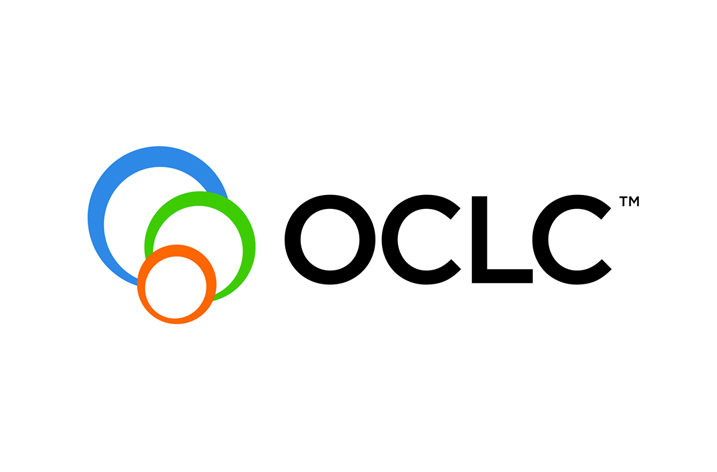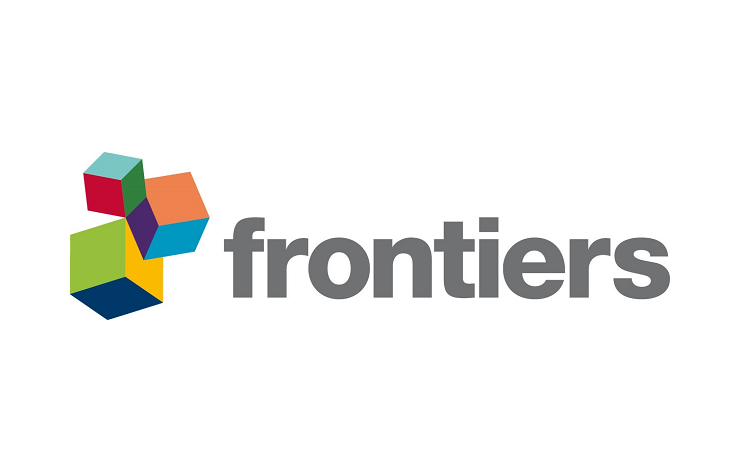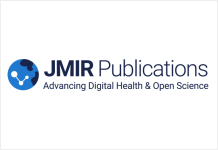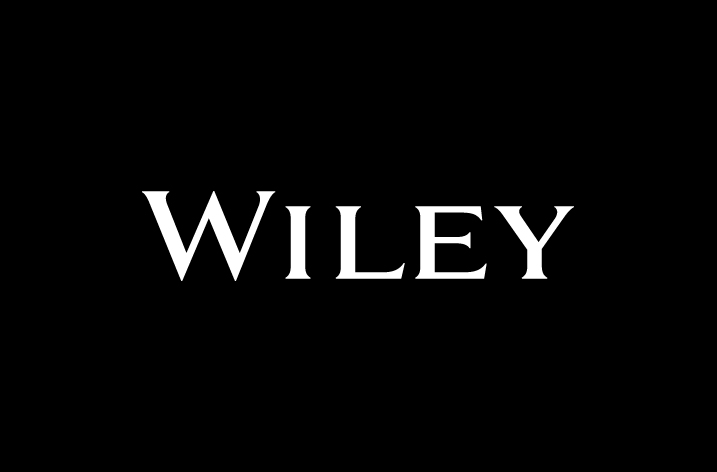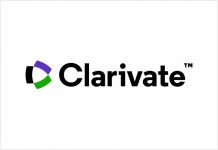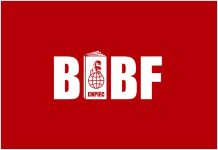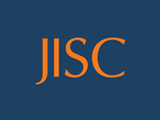
About 6,500 newly digitised objects from University College London and the University of Reading’s diverse museum collections are now openly accessible to students, teachers and the public at large, thanks to funding from Jisc.
The objects include rare Ancient Egyptian artefacts brought to life in twenty-first-century 3D; digital images of zoological specimens in glass jars, strange and beautiful anatomical prints, sixteenth-century portraits, and intriguing nineteenth-century scientific gadgets. The digital artefacts encompass a range of disciplines from sciences to the arts.
In addition to the digitised objects, which can be freely viewed, downloaded and used on a Creative Commons licence, the two museums have also produced a range of Open Educational Resources (OER) such as videos and worksheets to support object-based learning. The interdisciplinary nature of these resources makes them particularly versatile for online learning and suitable for the growing number of initiatives such as Massively Open Online Courses (MOOCs).
Leonie Hannan, teaching fellow in object based learning at University College London says: “Teaching using museum objects is increasingly popular in universities, owing to the active and experiential nature of object-based learning. However, hands-on time with collections is always limited and the ability to provide access to our collections digitally overcomes barriers to independent student learning. By making these resources open access they will not only benefit our own teachers and learners, but also much wider audiences across the education sector. We are really fascinated to find out how others use these resources and we hope they can be adapted to meet a whole range of learning needs.”
Paola Marchionni, programme manager at Jisc says: “This project shows how digitisation can help institutions enhance teaching and learning while at the same time benefit the wider public by making a huge range of resources openly available for everybody to use and enjoy. We’re proud at Jisc to see how museum staff from the universities joined forces with their academic colleagues as well as students in an exemplary partnership which has ensured the resources created respond to the needs of the teachers and learners.”
The digitised objects, which will add to a bank of 150,000 already existing digital resources from the two museums, are available through Culture Grid, the UK gateway to heritage resources. The OERs can be accessed through JORUM, the online educational resource sharing site, using the search term OBL4HE.


